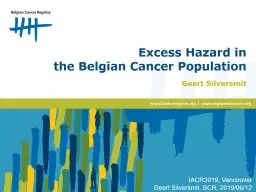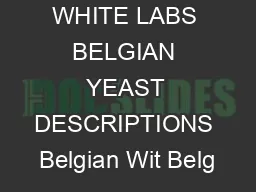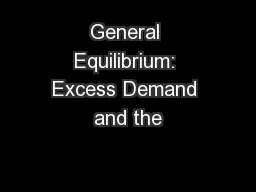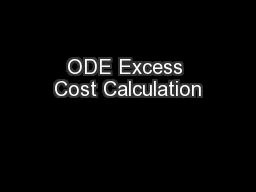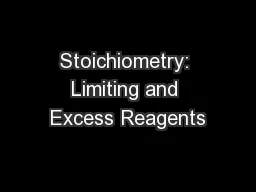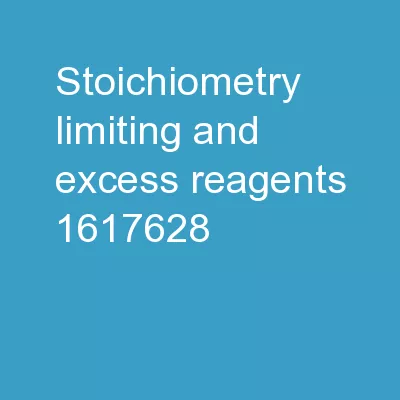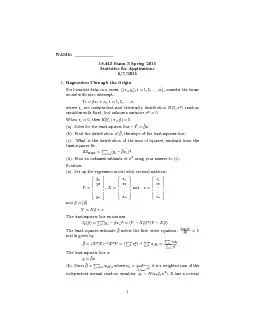PPT-Excess Hazard in the Belgian Cancer Population
Author : neoiate | Published Date : 2020-06-15
Geert Silversmit IACR2019 Vancouver Geert Silversmit BCR 20190612 Outline Excess hazard Method used and illustration Results Conclusion Excess hazard EH ObservedOverall
Presentation Embed Code
Download Presentation
Download Presentation The PPT/PDF document "Excess Hazard in the Belgian Cancer Pop..." is the property of its rightful owner. Permission is granted to download and print the materials on this website for personal, non-commercial use only, and to display it on your personal computer provided you do not modify the materials and that you retain all copyright notices contained in the materials. By downloading content from our website, you accept the terms of this agreement.
Excess Hazard in the Belgian Cancer Population: Transcript
Download Rules Of Document
"Excess Hazard in the Belgian Cancer Population"The content belongs to its owner. You may download and print it for personal use, without modification, and keep all copyright notices. By downloading, you agree to these terms.
Related Documents

